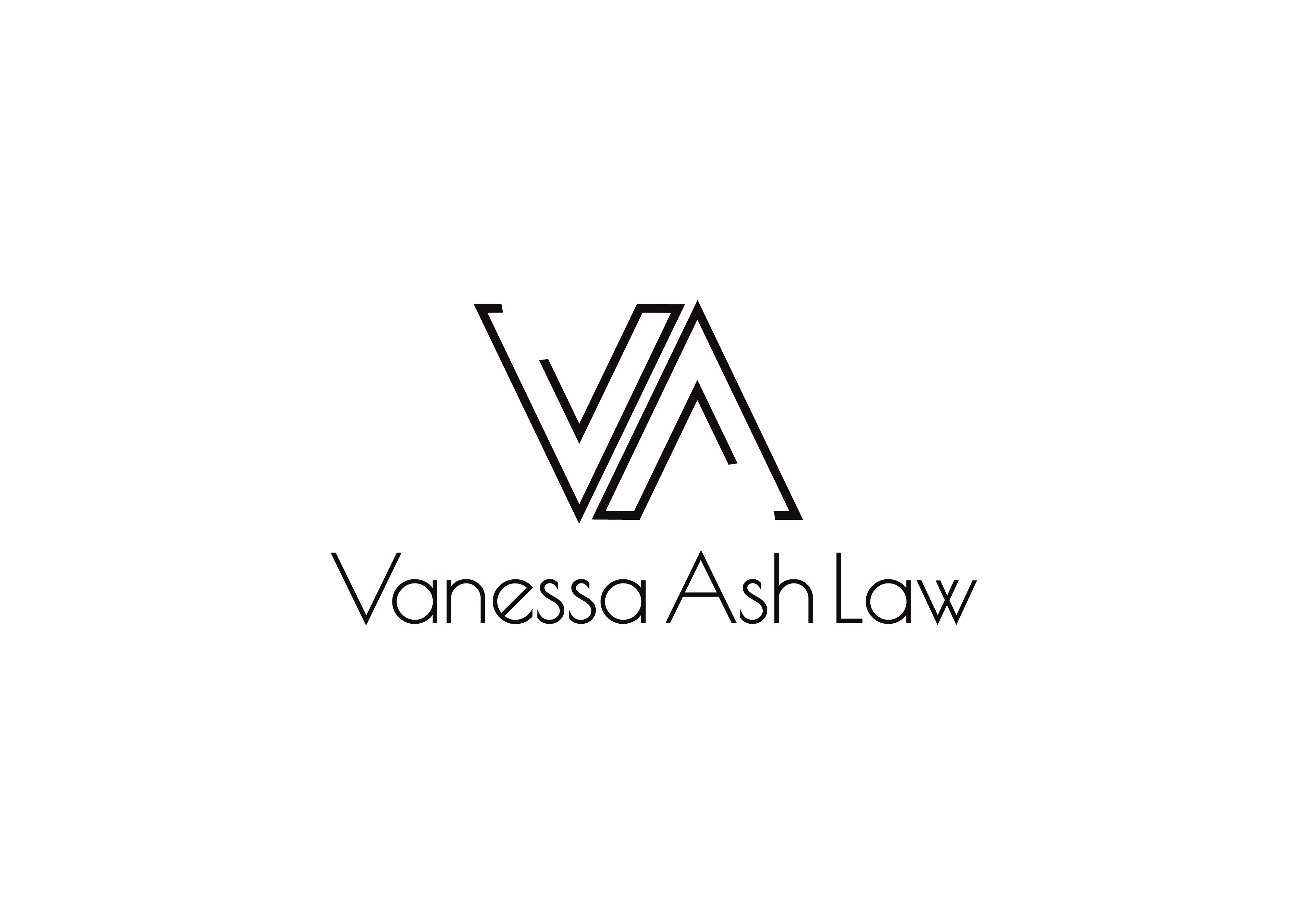 The most fundamental difference historically and in a practical sense between jail and prison is how long a person stays.
The most fundamental difference historically and in a practical sense between jail and prison is how long a person stays.
Jail = short-term stays
Prison = long-term stays
In Australia, there is no such thing as jail anymore. The names have been updated to reflect the nature of the facilities, since the terms jail or gaol are somewhat vintage, though the name prison still exists.
Prisons are operated by the federal government and are designed for long-term prisoners, but the term correctional centre or some variant encompasses all versions of being in custody. There are different security levels depending on the offence committed, so the name correctional centre could mean anything, including what we used to know of as jail.
According to Corrections Victoria, a Community Corrections Centre is any building, enclosure, place or class of places established to meet the statutory requirements for the supervision of persons who are under a legal supervision, development or work order.
Download Corrections Victoria’s PDF map of correctional facilities and prisons in the state.
Jail typically means short-term (like just after being arrested, at the police station or another building locally) while prison or another centre may be where you carry out your sentence. Local jails – holding cells – are typically run by the state/local police, and are designed to be a holding place. How long or short will depend on the circumstances. We now have remand centres, which are another addition to the terminology – jail, assessment centres, corrections centres, remand centres, and prison. Where you end up with depend on what part of the process you are in, what you are accused of, whether you are likely to get bail or not, and where you live.
Understanding gaol and jail
Gaol and jail both originated from the French words gayol and jaile. British law adopted gaol, however there were issues in using gaol and goal, resulting in the take-up of jail for the sake of clarity. Australian English observed the change from gaol to jail in the 1990s. Both forms are correct, but jail is used more often, and it is likely that gaol will become a thing of the past at some point. Berrima Gaol and Parramatta Gaol are now both called correctional centres, which is the new word for jail in Australia.
Melbourne Assessment Prison
The Melbourne Assessment Prison is the first place any prisoner is taken, and accommodates unconvicted prisoners who are waiting to be transferred to Port Phillip Prison or the Melbourne Remand Centre, anyone deemed unsuitable to be taken to Port Phillip Prison, those who are waiting to be classified and transferred to other prisons, and prisoners who were returned for medical reasons or for court appearances.
Community Correctional Centres
There are over 50 regional correctional centres across Victoria.
- Ararat CCS
- Bairnsdale CCS
Ballarat CCS - Benalla CCS
- Bendigo CCS
- Box Hill CCS
- Broadmeadows CCS
- Carlton CCS
- Castlemaine CCS
- Cobram CCS
- Colac CCS
- Court Services Unit – Melbourne Magistrates’ Court
- Cranbourne CCS
- Dandenong CCS
- Dandenong Drug Court
- Derrimut Community Work and Reparation Orders Office
- Echuca CCS
- Frankston CCS
- Geelong CCS
- Hamilton CCS
- Heidelberg CCS
- Horsham CCS
- Kerang CCS
- Korrumburra CCS
- Kyneton CCS
- Lilydale CCS
- Mansfield CCS
- Maryborough CCS
- Melton CCS
- Mildura CCS
- Moorabbin CCS
- Morwell CCS
- Myrtleford CCS
- Neighbourhood Justice Centre (CCS)
- Orbost CCS
- Ouyen CCS
- Pakenham CCS
- Portland CCS
- Reservoir CCS
- Ringwood CCS
- Robinvale CCS
- Rosebud CCS
- Sale CCS
- Seymour CCS
- Shepparton CCS
- South Morang CCS
- St Arnaud CCS
- Stawell CCS
- Sunshine CCS
- Swan Hill CCS
- Wangaratta CCS
- Warragul CCS
- Warrnambool CCS
- Werribee CCS
- Wodonga CCS
- Wonthaggi CCS
Remand centres
The intermediate facility called a remand centre is where you may be placed before or during a trial, which while still a prison, it is a facility with fewer restrictions than prison. You may be able to wear your own clothes and have greater access to phone calls and visitors to assist your legal defence.
Victorian prisons
Victoria has 11 publicly-operated prisons, three privately-operated prisons, and one transition centre. The prison system includes the Melbourne Assessment Prison, Metropolitan Remand Centre, Dame Phyllis Frost Centre. Anyone with psychiatric problems will be taken to the Melbourne Assessment Prison’s Acute Assessment Unit, Paul’s Unit at the Port Phillip Prison, or the Thomas Embling Hospital at Fairfield. People with medical concerns may be taken to St Augustine’s Ward at St Vincent’s Hospital.
- Fulham Correctional Centre (privately run)
- Port Phillip prison (privately run)
- Ravenhall Correctional Centre (public-private partnership, but privately run)
- Judy Lazarus Transition Centre
- Barwon Prison
- Beechworth Correctional Centre
- Dame Phyllis Frost Centre (women only)
- Dhurringile Prison
- Fulham Correctional Centre
- Hopkins Correctional Centre
- Judy Lazarus Transition Centre
- Karreenga Annexe
- Langi Kal Kal Prison
- Loddon Prison Precinct (Middleton)
- Marngoneet Correctional Centre
- Melbourne Assessment Prison
- Metropolitan Remand Centre
- Port Phillip Prison
- Tarrengower Prison (women only)
Corrections Victoria is a unit of the Department of Justice and Regulation, and manages all prisons and prisoners.
Write your own story. Call Vanessa Ash and Associates today.
